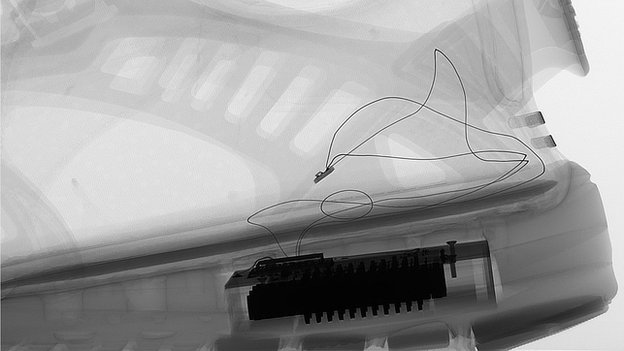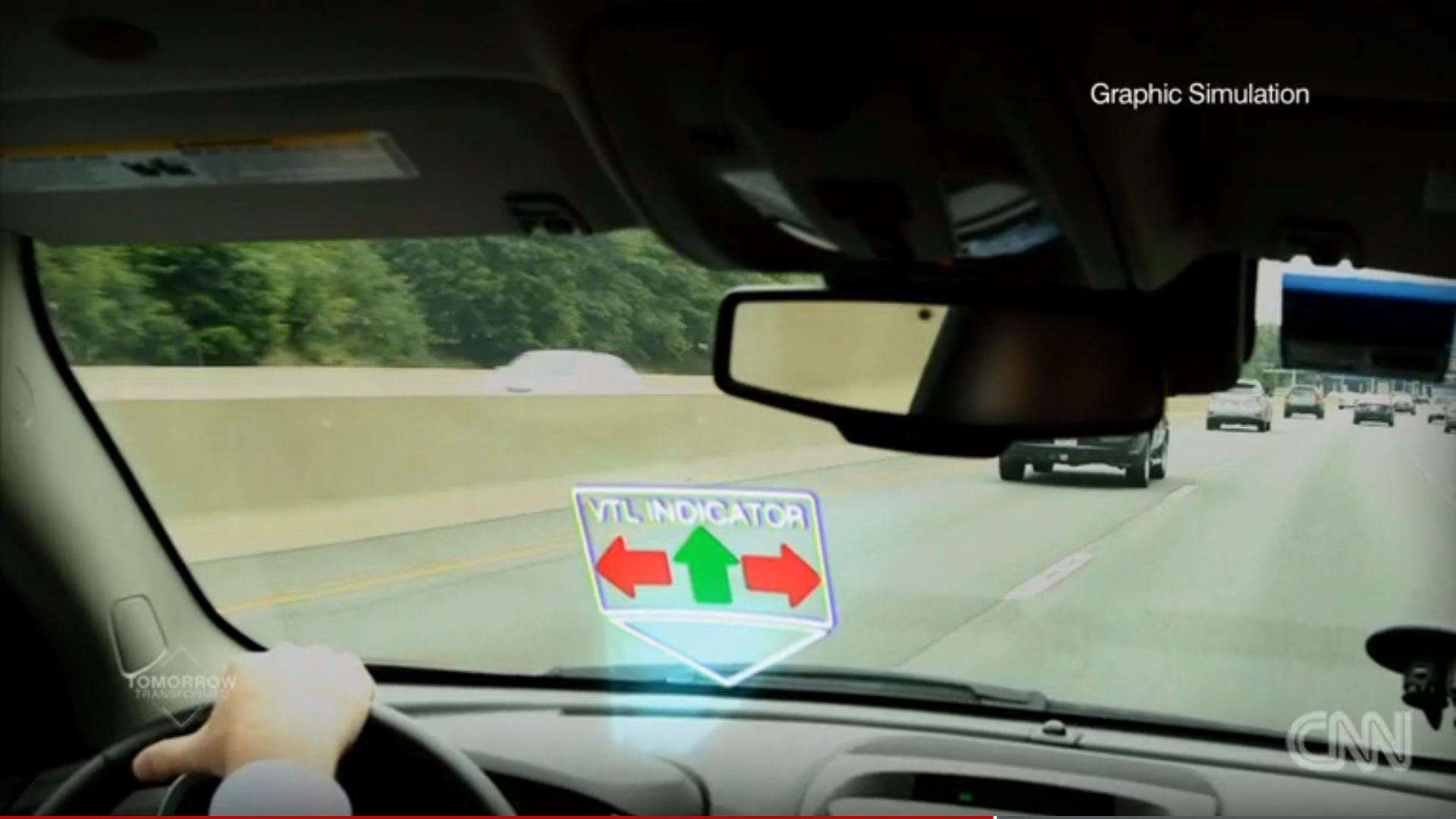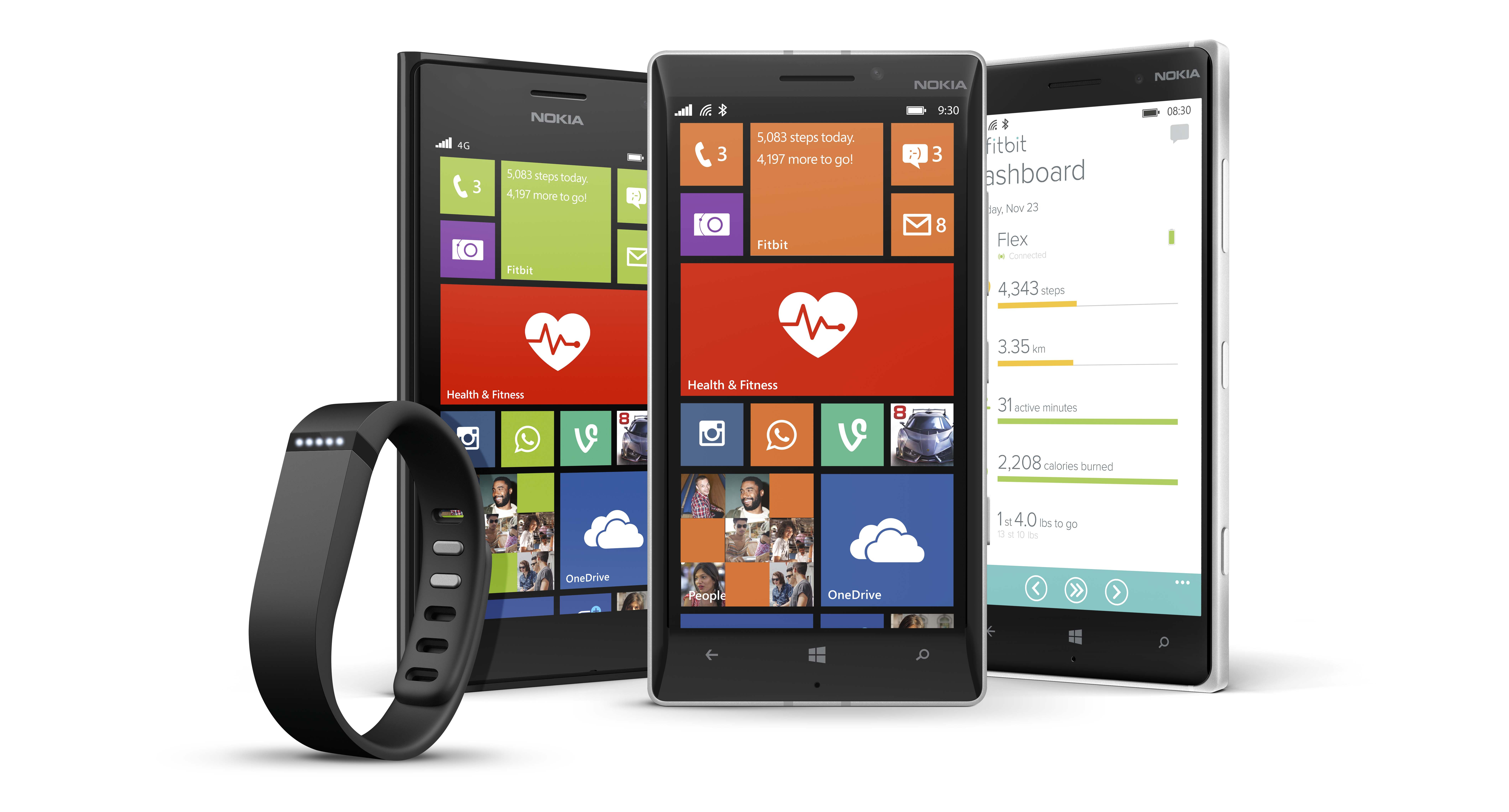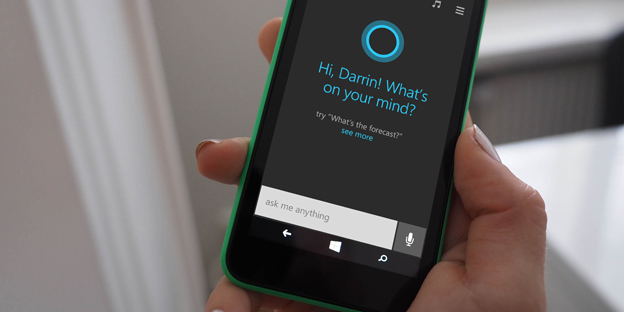Early model of the power generator fixed to a shoe. Photo via Smart Materials and Structures/IOPscience
A look at gadget happenings, as researchers put more power into your running shoes, in-car technology introduces on-demand traffic lights, and Lumia customers get free Fitbit wearables.
Powerful shoes
Would you be more motivated to get active if your footwork could generate power for your devices?
Research published by a German team in the journal Smart Materials and Structures details a generator that can be embedded into shoes and exploit power from your footsteps. In fact, there are two devices at play here: a shock harvester, which generates power when the foot hits the ground, and a swing harvester which powers up with the swinging of the foot.
The devices harvest power through magnets and coils. When the magnetic field of a moving magnet passes by a stationary coil, a voltage is induced an an electric current is generated.
The team based at HSG-IMIT, a research centre in Villingen-Schwenningen, compromised on size for something that will fit comfortaby in a shoe and so the energy produced and harvested by these movements is small and not enough to power your smartphone on the move, but it could easily power sensors and transmitters.

The generator embedded with a shoe. Image via BBC News
“One application we are working on is indoor navigation which means we have sensors within the shoe that measure the acceleration of the foot, the angular velocity – whether you’re turning the foot or not – and the magnetic field,” researcher Klevis Ylli told BBC News.
Ylli sees this model being used by rescue units trying to track people down in buildings, but there are a number of other possible applications for a shoe-housed generator.
For example, it could be used to power wearable electronic sensors or form the basis of self-lacing shoes, which wouldn’t just appeal to Marty McFly wannabes, but also to elderly people with reduced flexibility for hunched-over shoe-tying.
Virtual traffic lights
Researchers at Carnegie Mellon University claim they can reduce the commute times of urban workers by 40pc by putting traffic lights on their windscreen. Their suggested technology replaces physical traffic lights with virtual traffic lights generated on demand when needed, such as when two cars are approaching an intersection.
The lights appear on the dashboard with green and red arrows to indicate safe directions for travel, disappearing as junctions are passed.

Graphic simulation of the virtual traffic light dashboard. Video still via Tomorrow Transformed/CNN
It’s not all that far-fetched when you know that the National Highway Traffic Safety Administration (NHTSA) in the US is already testing connected vehicle technology with a view to making vehicle-to-vehicle communication mandatory in cars.
“Our solution leverages this capability. Since cars can talk to each other, we can manage the traffic control at intersections without infrastructure-based traffic lights,” Ozan Tonguz, a professor at Carnegie Mellon who helped develop the technology, told CNN.
Tonguz is confident this technology could have numerous benefits, such as reduced carbon emissions, less accidents and more time saved for commuters.
Zuckerberg is playing the long game with virtual reality hardware
Speaking at an informal Q&A with users in Bogotá, Colombia, Facebook CEO and co-founder Mark Zuckerberg revaled his opinons on wearable tech, particularly virtual-reality headsets.
Frankly, he thinks the current technology looks weird and isn’t yet ready for mass appeal.
“I think it’s pretty easy to imagine that in the future we will have something that we can wear. It will look just like normal glasses — it won’t look weird like some of the stuff that exists today,” he said at the event on 14 January, just one day before Google announced it was putting its Google Glass project back in the oven for the time being.
Zuckerberg’s comments reveal something of Facebook’s plans for Oculus VR, the company behind the Oculus Rift virtual-reality gaming headset which Facebook snapped up for US$2bn last year.
Zuckerberg admitted that, despite the hype, Oculus Rift is still at a very early stage of development, but has hope that it can be refined and, eventually, adopted by the masses as a default platform for internet access. He compared this journey to that of mobile phones, which are now our essential technological companions but, looking back on the early days, those ‘mobile’ phones being carried around in suitcases look pretty silly.
Free Fitbits for Lumia customers
Microsoft Lumia Ireland and Fitbit have teamed up to bring buyers in participating Irish stores a deal on their next smartphone purchase. They’re offering a free Fitbit Flex (priced from €80 to €100) with any purchase of a Lumia 930, 830 or 735 until 31 March.
These colourful Lumia devices operate on Windows Phone 8.1, while the Fitbit Flex is a slim wearable activity tracker, keeping track of footsteps, distance travelled and calories burned, as well as monitoring the wearer’s sleep cycle and operating a silent alarm.
The Lumia 930, 830 and 735 smartphones are all available from free on various price plans and contracts.

Lumia Denim on the way
Speaking of Lumia users, current owners of the Microsoft smartphones will be happy to know that the latest Windows Phone 8.1 update is in the post.
Lumia Denim follows Lumia Cyan and has already started rolling out in waves to all Lumia smartphones running Windows Phone 8.1.
With the update, Lumia users will see improvements to Cortana, Microsoft’s answer to Siri, with natural-language scenarios, customisable snooze times for reminders, car-kit integration and, on the Lumia 930 and Lumia 1520, the ability to activate the personal assistant simply by saying, ‘Hey Cortana.’
Microsoft is also extending Cortana beyond the US with a beta release set for China and the UK, and an alpha version coming to Australia, Canada, India, France, Italy, Germany and Spain.

Photo via Lumia Conversations/Microsoft
Denim also comes with an update to Lumia Camera for select models, promising improvements in image quality and capture speed, plus added features such as Rich Capture, a HDR mode where you can shoot first and edit later, and Moment Capture, where a long press of the shutter starts 4K or Full-HD video recording (as available) and allows users to save individual frames from the 24fps reel as still images.
Other new features for Lumia Denim include the ability to organise apps into folders on the start screen and an update for the at-a-glance lock screen to show fitness and health-related activity from MSN’s Health and Fitness app.
Lumia users can find out when they will get to try on Denim here.
Stay informed – get daily updates on the latest happenings in technology directly to your inbox.